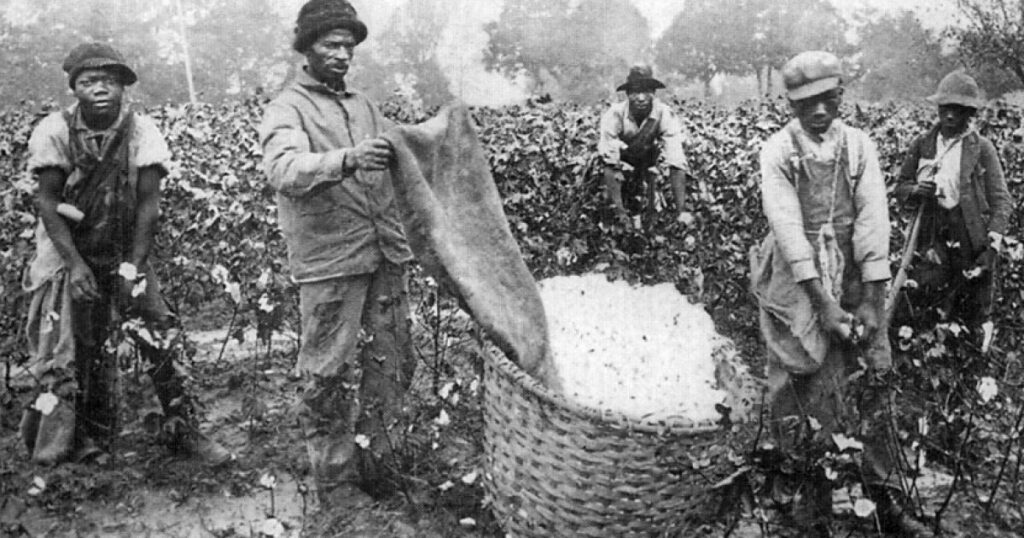
Most of the time, cotton fabric is used in the textile industry and many other industries. Is it more special? Yes, it has thousands and thousands of years of history. It has been cultivated and used for textiles since ancient civilizations. It can be used for everything from everyday clothing to big home goods. As it grows in warm climates and requires more water, cotton exhibits greater versatility than many other fabrics.
Let’s understand everything about cotton fabric in this article. If you are a beginner in the textile industry, read this complete article to clarify your doubts and get answers to all your questions about this versatile fabric.
What is cotton fabric?
Cotton fabric is derived from the fibers of the cotton plant, which are soft and breathable. As the cotton plant matures, its seeds become surrounded by cotton fibers, which are harvested and processed to create fabric.
How cotton grows and becomes fabric
Cotton needs a lot of sunlight, and it grows in warm places. It also needs fertile soil and moderate rainfall or regular watering to grow well.
The cotton plant goes through several stages. Foremost, it starts from a seed and grows leaves, stems, and flowers. After this process, the cotton bolls will be produced. The bolls burst open when the cotton is ready to harvest, usually in late summer or early autumn.
After the harvesting process, the cotton fibers are separated from the seeds through a process called ginning. Then the clean fibers are spun into yarn or thread.
History of cotton

Cotton (Gossypium hirsutism) has a history of thousands of years. It is one of the oldest crops grown by humans. The earliest evidence of cotton farming comes from around 5,000 years ago in places like India and Egypt.
In the 18th century, cotton became even more popular. Separating the seed from the cotton was the most difficult thing to do. To make this process easier, Eli Whitney invented the cotton gin in 1793. The cotton gin definition refers to people who separate cotton fibers from the seeds faster. This made cotton production much quicker and cheaper.
As we know, today, cotton is still used a lot in the textile industry, and cotton is grown in many countries around the world. The top countries producing cotton are China, India, Brazil, United States, Australia, Pakistan, and Turkey.
Cotton fiber production slightly fell from 25.1 million tonnes in 2021/22 to 24.4 million tonnes in 2022/23. Polyester is the most used fiber in fabric production, while cotton is the second most produced fiber, representing 20% of global fiber production.
Benefits of cotton fabric
According to the studies, it is particularly in hot weather that 80% of people prefer cotton clothes for their comfort compared to synthetic clothing. In most countries, particularly in the regions of Asia, Africa, and Latin America, cotton farming takes place. Using cotton fabric helps many farmers in the rural areas.
Cotton is easier to wash and care for as compared to other fabrics. It is not clingy and needs low maintenance. It is hypoallergenic, odor-free, and also eco-friendly. It is also natural, very comfortable, and biocompostable. One of the great benefits is their moisture-wicking, quick-drying properties, and you can wear them any season.
Cotton fabric closing thoughts
By understanding this cotton, you can make better choices for your natural dyeing projects. Cotton is a great choice because it absorbs natural colors beautifully, and it gives rich and vibrant results. Overall, cotton remains one of the best fabrics for natural dyers due to its features like softness, durability, and ability to hold dyes well. We hope you have gotten some ideas about cotton fabric from this guide.
Are you searching for a sustainable cotton fabric? At Green Tailor, we offer natural and sustainable-quality fabrics and products. Our eco-friendly fabrics include cotton, organic cotton, recycled cotton, silk, wool, kala cotton, linen, wild silk, khadi cotton, and many more.
Still, have any questions? To clarify all your questions, contact us directly at [email protected].
